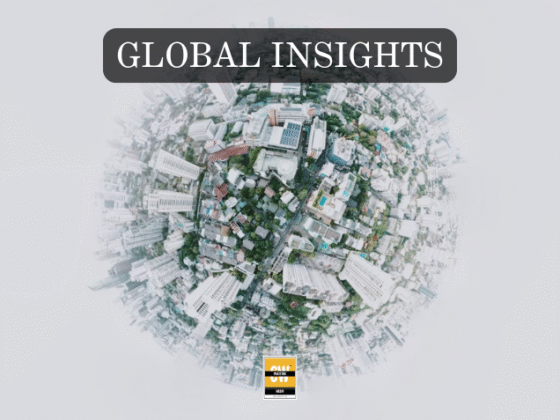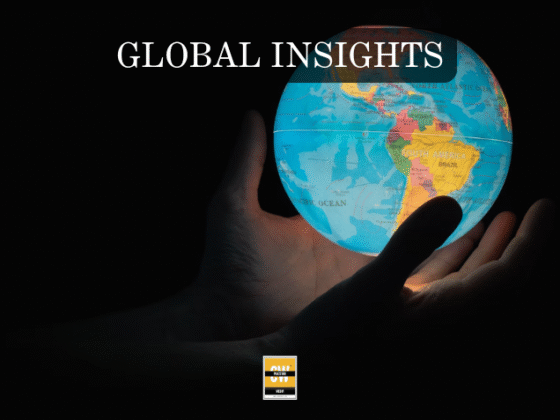Artificial intelligence has taken another step forward with the launch of OpenAI’s GPT-5, but Gartner analysts caution that enterprises should not mistake it for a breakthrough toward true agentic AI. According to Arun Chandrasekaran, Gartner distinguished VP analyst, GPT-5 represents important progress but remains incremental. He compared today’s AI landscape to the 1950s, when high-performance cars were already on the road but the freeway system had not yet been built, pointing out that advanced AI models exist but the infrastructure to support their full potential is still lacking.
Gartner’s analysis notes that GPT-5 is more capable than previous versions in three major areas: coding, multimodal capabilities, and orchestration. Chandrasekaran explained that OpenAI has clearly invested in making GPT-5 highly proficient at coding tasks, reflecting the enormous enterprise opportunity in software development and an effort to challenge competitors such as Anthropic. The model also shows stronger multimodal performance, particularly in processing speech and images, which opens up new integration opportunities across industries. GPT-5 further advances orchestration by improving its ability to use third-party tools and APIs, including parallel tool calling for multiple tasks. While these improvements expand enterprise use cases, they also increase infrastructure requirements, as organizations must be prepared to manage higher volumes of concurrent API requests.
Another improvement is GPT-5’s larger context windows, ranging from 8K tokens for free users, 32K for Plus subscribers, and up to 128K for Pro users. Gartner reports that this change can simplify enterprise AI workflows by reducing dependence on retrieval-augmented generation (RAG) pipelines. However, Chandrasekaran emphasized that retrieval still plays a critical role, since filtering for only the most relevant data remains faster and more cost-effective than passing massive inputs directly into the model. Gartner anticipates a hybrid approach, with GPT-5 handling larger, less structured contexts while RAG continues to improve efficiency.
Pricing also reflects OpenAI’s strategy to make GPT-5 more competitive. Gartner cites the model’s costs at $1.25 per million input tokens and $10 per million output tokens, placing it in line with Google’s Gemini 2.5 and considerably cheaper than Anthropic’s Claude Opus. At the same time, Chandrasekaran noted that GPT-5’s input/output price ratio is higher than earlier OpenAI models, which could impact enterprises with high-volume token usage. OpenAI plans for GPT-5 to gradually replace GPT-4o and other o-series models, offering pro, mini, and nano versions to allow organizations to balance cost, latency, and performance. This transition may require developers to review prompt templates, system instructions, and code, as some legacy workarounds will no longer apply.
Gartner also highlighted both benefits and risks in enterprise adoption. OpenAI claims GPT-5 reduces hallucination rates by as much as 65%, improving auditability and compliance alignment. While this strengthens its case for mission-critical use, its improved reasoning and multimodal abilities could also be misused to create more advanced phishing or scams. Gartner advises that enterprises maintain human oversight on critical workflows, pilot GPT-5 alongside other models for benchmarking, and update governance frameworks to address the model’s expanded capabilities. Organizations should also validate infrastructure readiness, including API quotas, data pipelines, and audit mechanisms, before large-scale adoption.
Despite these advances, Gartner stresses that agentic AI is still in its early stages. Current enterprise deployments are limited to narrow areas such as software engineering or procurement and are not fully autonomous. Chandrasekaran pointed out that the main challenge lies in infrastructure. For agents to function at scale, they must integrate with enterprise tools, data stores, and SaaS applications, while being governed by robust identity and access management systems. Standards for agent-to-agent and agent-to-enterprise communication are still evolving, and enterprises must also be confident that outputs are reliable, unbiased, and free from hallucinations.
Gartner concludes that while GPT-5 is an important step forward, it does not mark a leap toward artificial general intelligence. Chandrasekaran observed that AI reasoning is advancing but remains limited in understanding the physical world, with robotics and spatial technologies still developing at an early stage. She stressed that reaching AGI will require more than scaling data and compute, but rather a fundamental breakthrough in model architecture or reasoning. For now, GPT-5 signals meaningful but incremental progress, and enterprises should calibrate their expectations accordingly.
Follow the SPIN IDG WhatsApp Channel for updates across the Smart Pakistan Insights Network covering all of Pakistan’s technology ecosystem.






